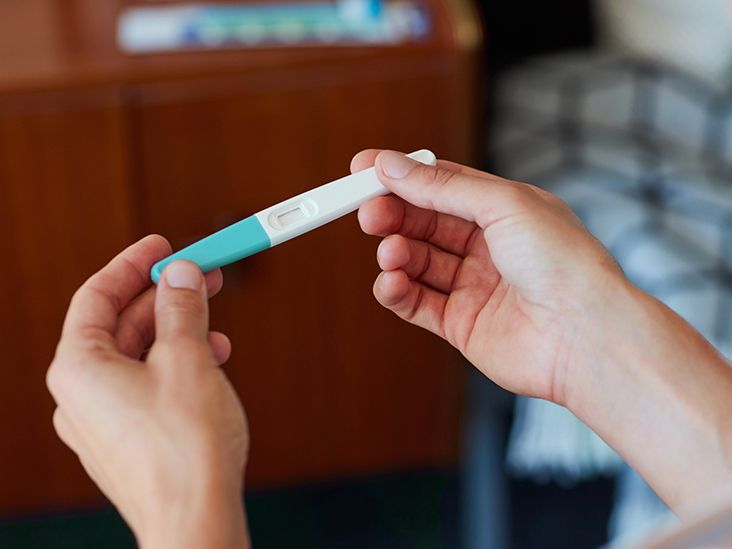
Early Pregnancy Detection: A Comprehensive Guide
Introduction
The early detection of pregnancy is crucial for timely prenatal care and the well-being of both the mother and the developing fetus. With advancements in medical technology, there are various methods available to detect pregnancy at an early stage, allowing for prompt medical intervention and informed decision-making. This article provides a comprehensive guide to early pregnancy detection, covering the different methods, their accuracy, and the optimal timing for testing.
Methods of Early Pregnancy Detection
1. Home Pregnancy Tests
Home pregnancy tests (HPTs) are widely available over-the-counter and offer a convenient and affordable way to detect pregnancy in the privacy of one’s home. These tests work by detecting the presence of human chorionic gonadotropin (hCG), a hormone produced by the placenta during pregnancy.
- Accuracy: HPTs are generally highly accurate, with a sensitivity of over 99% when used correctly. However, false positives and false negatives can occur, especially if the test is taken too early or if the instructions are not followed carefully.
- Optimal Timing: HPTs can be taken as early as 10 days after ovulation, but the accuracy increases as the pregnancy progresses. For the most reliable results, it is recommended to wait until at least one day after the expected period.
2. Blood Tests
Blood tests are the most accurate method of detecting pregnancy. They measure the levels of hCG in the blood, which rise rapidly during the early stages of pregnancy.
- Accuracy: Blood tests are highly sensitive and specific, with an accuracy of over 99%. They can detect pregnancy as early as 6-8 days after ovulation.
- Optimal Timing: Blood tests can be taken at any time during the menstrual cycle, but the results may be more reliable if taken a few days after the expected period.
3. Ultrasound
Ultrasound is a non-invasive imaging technique that can visualize the developing fetus and confirm pregnancy.
- Accuracy: Ultrasound is highly accurate, but the sensitivity depends on the gestational age of the pregnancy. It can detect a pregnancy as early as 5-6 weeks after ovulation.
- Optimal Timing: Ultrasound is typically performed between 6-8 weeks of gestation to confirm the pregnancy, determine the gestational age, and rule out any potential complications.
4. Clinical Examination
A clinical examination by a healthcare provider can also provide clues about pregnancy. Signs and symptoms such as breast tenderness, nausea, and fatigue may suggest pregnancy. However, a physical examination alone cannot definitively diagnose pregnancy.
- Accuracy: Clinical examinations are not as accurate as other methods of pregnancy detection.
- Optimal Timing: A clinical examination can be performed at any time during the menstrual cycle, but it is most informative after the expected period.
Factors Affecting Early Pregnancy Detection
- Gestational Age: The accuracy of pregnancy tests depends on the gestational age of the pregnancy. Tests are more likely to be accurate as the pregnancy progresses.
- Individual Factors: Some factors, such as irregular menstrual cycles or certain medical conditions, can affect the timing and accuracy of pregnancy detection.
- Test Sensitivity: The sensitivity of pregnancy tests varies. Some tests are more sensitive than others and can detect lower levels of hCG.
- Test Instructions: It is crucial to follow the test instructions carefully to ensure accurate results.
Importance of Early Pregnancy Detection
Early pregnancy detection is essential for several reasons:
- Prenatal Care: Timely prenatal care is crucial for monitoring the health of both the mother and the developing fetus. It allows for early detection and management of potential complications.
- Informed Decision-Making: Early pregnancy detection provides women with the opportunity to make informed decisions about their pregnancy and future plans.
- Risk Assessment: Identifying pregnancy early allows healthcare providers to assess the risk of certain complications, such as miscarriage or birth defects.
- Lifestyle Modifications: Pregnant women need to make lifestyle modifications, such as quitting smoking or alcohol consumption, to promote a healthy pregnancy. Early detection allows for timely implementation of these changes.
Conclusion
Early pregnancy detection is a vital aspect of reproductive health. With various methods available, women can choose the one that best suits their needs and preferences. Understanding the accuracy, optimal timing, and factors affecting pregnancy detection is crucial for ensuring reliable results. Early detection empowers women with the knowledge and time to make informed decisions and access appropriate prenatal care, ultimately contributing to the well-being of both the mother and the developing child.